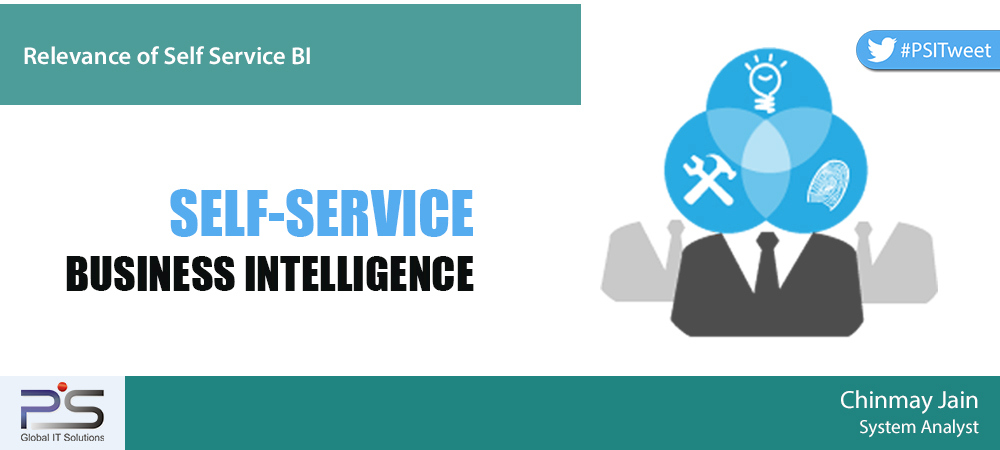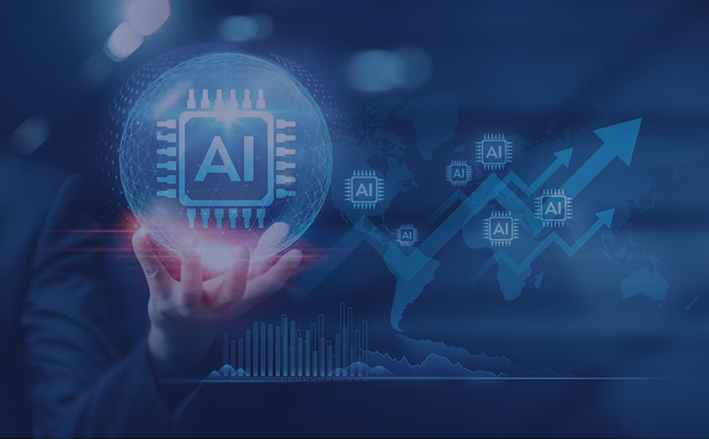
Self Service BI is a form of business intelligence wherein the end users can design reports as per analysis, play with chunk of data without knowing actual programming and SQL Queries, save and deploy the reports without any assistance of IT staff. Consequently, the power of BI lies in the hands of the business users.
Self Service BI is all about users of the information, but how do they use it and describe their profiles. The users are differentiated as report generators/creators and users/consumers. The report generators are the analysts who run queries on the data to understand and build relationships among various data sets. They perform data analysis to design reports. The report users are the top management who perform actions on the existing reports. They basically create charts/graphs, table formats convenient to apprehend information.
It is crucial for non-IT members within an organisation to generate meaning out of massive data patterns. How does it add value for all the non-technical people and bring relevance for taking critical business decisions?
Being a professional working in this domain for some substantial period, these are some aspects I could think of, which are associated with the concept of Self-service BI.
No wait time for analysis: In critical situations, ‘when IT team is not available’ or a crucial management meeting, users need not to wait. They can easily draw out analysis and generate adhoc reports for management as per the requirements.
Burden on infrastructure and financials: The IT team or third party costs incurred specifically to support BI system are enormous. What if there is no sync between IT team and BI Users, we need to analyse the costs against the benefits associated.
Enables minimal dependency: Generally the BI users are dependent on complex IT procedures to get the required information. This results in dependency, dormancy and loss of opportunities to take decisions. The problem of governance, data control, redundancy, data security, access control and inconsistency are major issues for the IT staff. A right balance between two is a constant struggle for the organisation.
Challenge for IT: The report generators are constantly changing their demand for the data needs. They create burden on the actual backend functioning of the IT processes. They create formats and views, which are not utilised afterwards or create long running cross joint queries on source. The governance to define, review the policies, standards and processes of intended self service BI all need to get aligned with business objectives. The IT team also needs to train the business users about the functioning and in turn also to stay informed with the latest changes in the business landscape.
Overcome the Challenge: A well defined framework based on user classification and their requirements, in what formats etc. needs to be studied to chart out what tools are required and how to use them. A user may need report generator tools to create data views, join or transform data before generating reports, whereas another user may need just the report view tools to allow data filter and charting. Large number of self service BI tools is available like QlikView, Tableau, Oracle BI, and Microsoft BI Tools to serve the purpose. But before jumping to a conclusion, it’s important to define self service BI in context of the organisation, expectations from this technology and also classify the information needs into users.
A solution which has self service reports and analysis solutions for users, has embedded self service BI in the application, easy to manage from IT‘s perspective and also cost-effective for the organisation in need of the hour.








